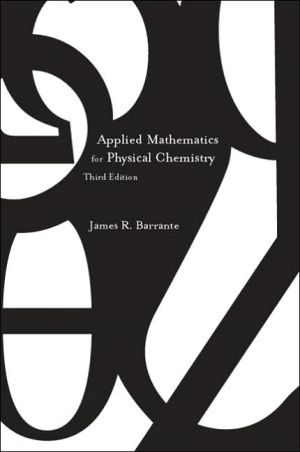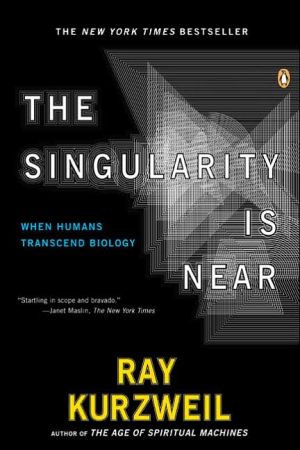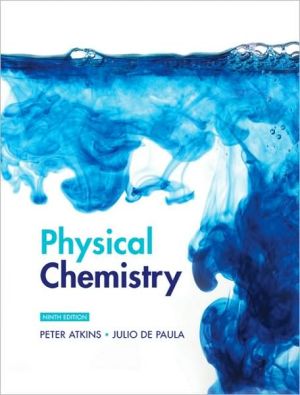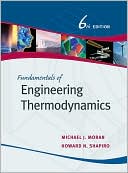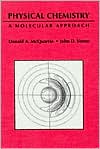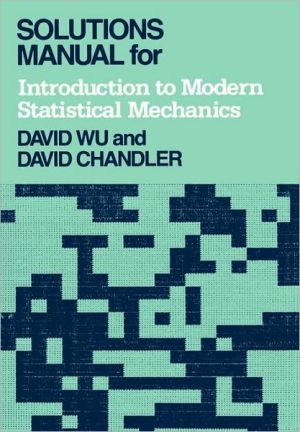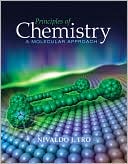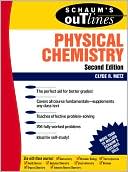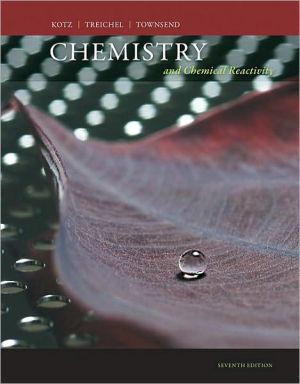Applied Mathematics for Physical Chemistry
Applied Mathematics for Physical Chemistry is the perfect resource for students who need to refresh themselves on the algebra and calculus required to understand thermodynamics, atomic and molecular structure, spectroscopy, and statistical mechanics. Designed to supplement all textbooks of physical chemistry, this book will help today's physical chemistry students succeed in their course.\ This book features:\ \ Introductory chapters that deal with coordinate systems, functions and graphs,...
Search in google:
A how to do it review and learn book on advanced mathematics necessary to physical chemistry.Coordinate systems, functions and graphs, logarithms, differential calculus, integral calculus, infinite series, differential equations, scalars and vectors, matrices and determinants, operators, numerical methods and the use of the computer, and mathematical methods in the laboratory.Educators, Technicians, and other professionals using mathematics in physical chemistry.
A perusal of many modern physical chemistry texts demonstrates that most authors of these texts and the professors who use them, such as myself, expect students to know a great deal more mathematics than is covered in the calculus courses normally required for physical chemistry courses. Moreover, we honestly expect that our students will know how to apply the mathematics they have learned to physical problems. Unfortunately, many of my colleagues and I have found that this generally is not the case. It was this observation, along with the fact that I was spending a great deal of lecture time teaching mathematics rather than physical chemistry in my physical chemistry course, that inspired me to write the first edition of this text some 30 years ago.\ It is my intention, therefore, that this third edition be used as a supplement along with the student's physical chemistry textbook, to help students either review or, perhaps, learn for the first time those areas of mathematics that are essential to an understanding of physical chemistry, and, more importantly, to apply that mathematics to physical problems. The purpose of the book is not to replace the mathematics courses that are prerequisite to the physical chemistry course, but to be a how to do it review mathematics textbook. Consequently, the problems at the end of each chapter are designed to test the reader's mathematical skills, not his or her skills in solving physical chemistry problems.\ Like the first two editions, the first five chapters concentrate on subject matter normally covered in prerequisite mathematics courses and should be a review. Again, an emphasis in the chapter on integral calculus has been placed an using integral tables, and, in keeping with the original intent of the book, mathematical rigor was kept at a minimum, giving way to intuition where possible.\ The latter half of the text covers important material normally not covered in prerequisite courses, but, for the most part, at an introductory level. For example, the chapter on differential equations emphasizes the solution of second-order linear differential equations with constant coefficients, common to many simple problems in wave mechanics. Also, as in the second edition, sections on the series method of solving differential equations are included. The sections on Fourier series and Fourier transforms have been expanded in this edition to include discrete Fourier transforms and well as continuous Fourier transforms. Discrete Fourier transforms are important in many areas of spectroscopy, since they can be handled by digital computers.\ Finally, the chapter on numerical methods has been completely revised. In the second edition, we concentrated on writing programs using BASIC to do the numerical calculations. Over the recent years, however, there has been a move away from using compiled programs for doing scientific computations toward the use of spreadsheets, such as Microsoft Excel®, for such computations. Thus, the new chapter concentrates on using a spreadsheet to do many standard numerical calculations, such as numerical integration, fitting curves to experimental data, and finding discrete Fourier transforms of functions.\ As I mentioned in the Preface to the second edition, a text such as this could not be a success without the contributions of a number of people. I especially wish to thank Professor John Bopp, Nazareth College; Professor Wayne Bosma, Bradley University; and Professor Greg Peters, University of Memphis for their careful and critical review of the second edition and their many helpful comments and suggestions. I also would like to thank Professor John Wheeler of the University of California, San Diego, for finding a serious error in one of the examples in the chapter on infinite series in the second edition that survived from the first edition.\ I thank my editor John Challice, Project Manager Kristen Kaiser, Production Editor Donna Young, and all those individuals at Prentice Hall ESM and Write With, Inc. who helped to improve immensely the quality of the text.\ Finally, I wish to thank my son, Stephen Barrante, who designed the cover for this edition, my wife Marlene, and our family for their patience and encouragement during the preparation of this book.\ I welcome comments on the text and ask that any comments or errors found be sent to me at jrbarrante@aol.com.\ JAMES R. BARRANTE
1. Coordinate Systems.Cartesian Coordinates. Plane Polar Coordinates. Spherical Polar Coordinates. Complex Numbers.2. Functions and Graphs.Functions. Graphical Representation of Functions. Roots to Polynomial Equations.3. Logarithms.General Properties of Logarithms. Common Logarithms. Natural Logarithms.4. Differential Calculus.Functions of Single Variables. Functions of Several Variables-Partial Derivatives. The Total Differential. Derivative as a Ratio of Infinitesimally Small Changes. Geometric Properties of Derivatives. Constrained Maxima and Minima.5. Integral Calculus.Integral as an Antiderivative. General Methods of Integration. Special Methods of Integration. The Integral as a Summation of Infinitesimally Small Elements. Line Integrals. Double and Triple Integrals.6. Infinite Series.Tests for Convergence and Divergence. Power Series Revisited. Maclaurin and Taylor Series. Fourier Series and Fourier Transforms.7. Differential Equations.Linear Combinations. First-Order Differential Equations. Second-Order Differential Equations. with Constant Coefficients. General Series Methods of Solution. Special Polynomial Solutions to Differential Equations. Exact and Inexact Differentials. Integrating Factors. Partial Differential Equations.8. Scalars and Vectors.Addition of Vectors. Multiplication of Vectors. Applications.9. Matrices and Determinants.Square Matrices and Determinants. Matrix Algebra.10. Operators.Vector Operators. Eigenvalue Equations Revisited. Hermitian Operators. Rotational Operators. Transformation of ∇2 to Plane Polar Coordinates.11. Numerical Methods and the Use of the Computer.Graphical Presentation. Numerical Integration. Roots to Equations. Fourier Transforms Revisited-Macros.12. Mathematical Methods in the Laboratory.Probability. Experimental Errors. Propagation of Errors. Preparation of Graphs. Linear Regression. Tangents and Areas.Appendix I. Table of Physical Constants.Appendix II. Table of Integrals.Appendix III. Transformation of ∇2 Spherical Polar Coordinate.Appendix IV. Stirling's Approximation.Appendix V. Solving a 3x3 Determinant.Appendix VI. Statistics.Answers.Index.
